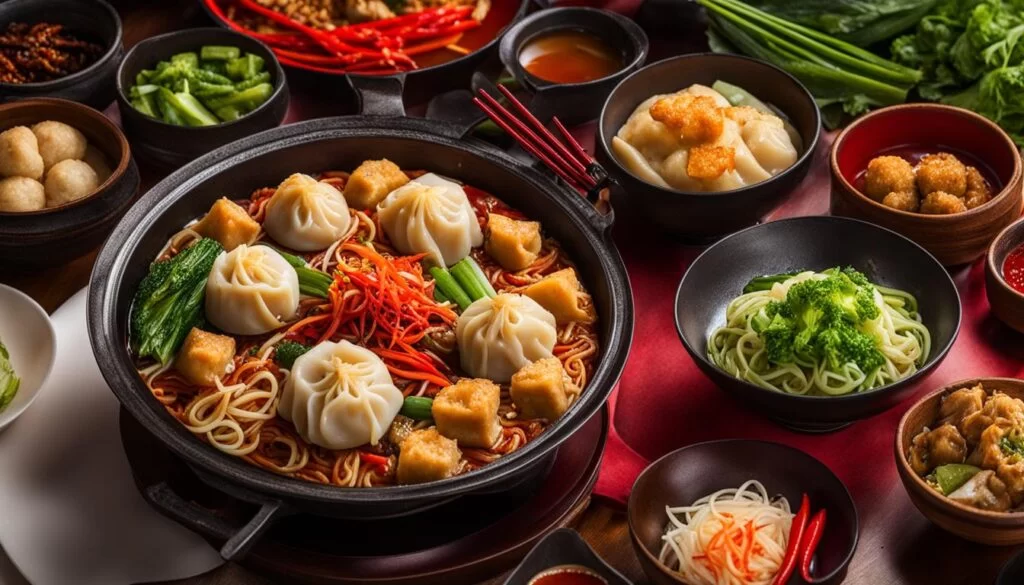Chinese Food Culture
- The History of Chinese Cuisine
- Regional Varieties in Chinese Food
- Key Ingredients and Flavors
- Dining Etiquette and Traditions
- Modern Influences on Chinese Cuisine
- Where to Experience Authentic Chinese Food
1. The History of Chinese Cuisine
Chinese food culture dates back thousands of years, deeply rooted in historical traditions and influenced by dynastic changes, regional ingredients, and global trade. The development of Chinese cuisine has been shaped by factors such as geography, climate, and philosophy, leading to a diverse and rich culinary heritage.
2. Regional Varieties in Chinese Food
China's vast territory has given rise to distinct regional cuisines, each with unique flavors and cooking techniques. Some of the most famous include:
- Cantonese Cuisine: Known for its fresh ingredients, light seasoning, and steamed dishes.
- Sichuan Cuisine: Famous for its bold, spicy, and numbing flavors due to the use of Sichuan peppercorns.
- Shandong Cuisine: Emphasizes seafood and crispy textures with strong flavors.
- Jiangsu Cuisine: Focuses on delicate flavors and artistic presentation.
- Hunan Cuisine: Features spicy and aromatic dishes with generous use of chili peppers.
3. Key Ingredients and Flavors
Chinese cooking is characterized by a balance of five fundamental flavors: sweet, sour, bitter, salty, and umami. Essential ingredients include:
- Soy Sauce: Adds depth and umami to dishes.
- Ginger and Garlic: Essential aromatics in Chinese cooking.
- Rice and Noodles: Staple carbohydrates in Chinese meals.
- Tofu: A versatile protein source with multiple textures.
- Chili Peppers: Commonly used in spicy regional cuisines.
4. Dining Etiquette and Traditions
Chinese dining culture is rich with traditions and etiquette, emphasizing family-style dining and respect. Key customs include:
- Using chopsticks properly and avoiding sticking them upright in rice.
- Offering food to elders first as a sign of respect.
- Sharing dishes in a communal setting rather than having individual plates.
5. Modern Influences on Chinese Cuisine
Globalization and urbanization have transformed Chinese food culture, incorporating international ingredients and fusion cooking styles. Modern Chinese cuisine continues to evolve while maintaining its deep-rooted traditions.
6. Where to Experience Authentic Chinese Food
For an authentic taste of Chinese food culture, visit Chinese Food. Their curated selection of traditional and modern Chinese dishes offers a genuine experience of this rich culinary heritage.








